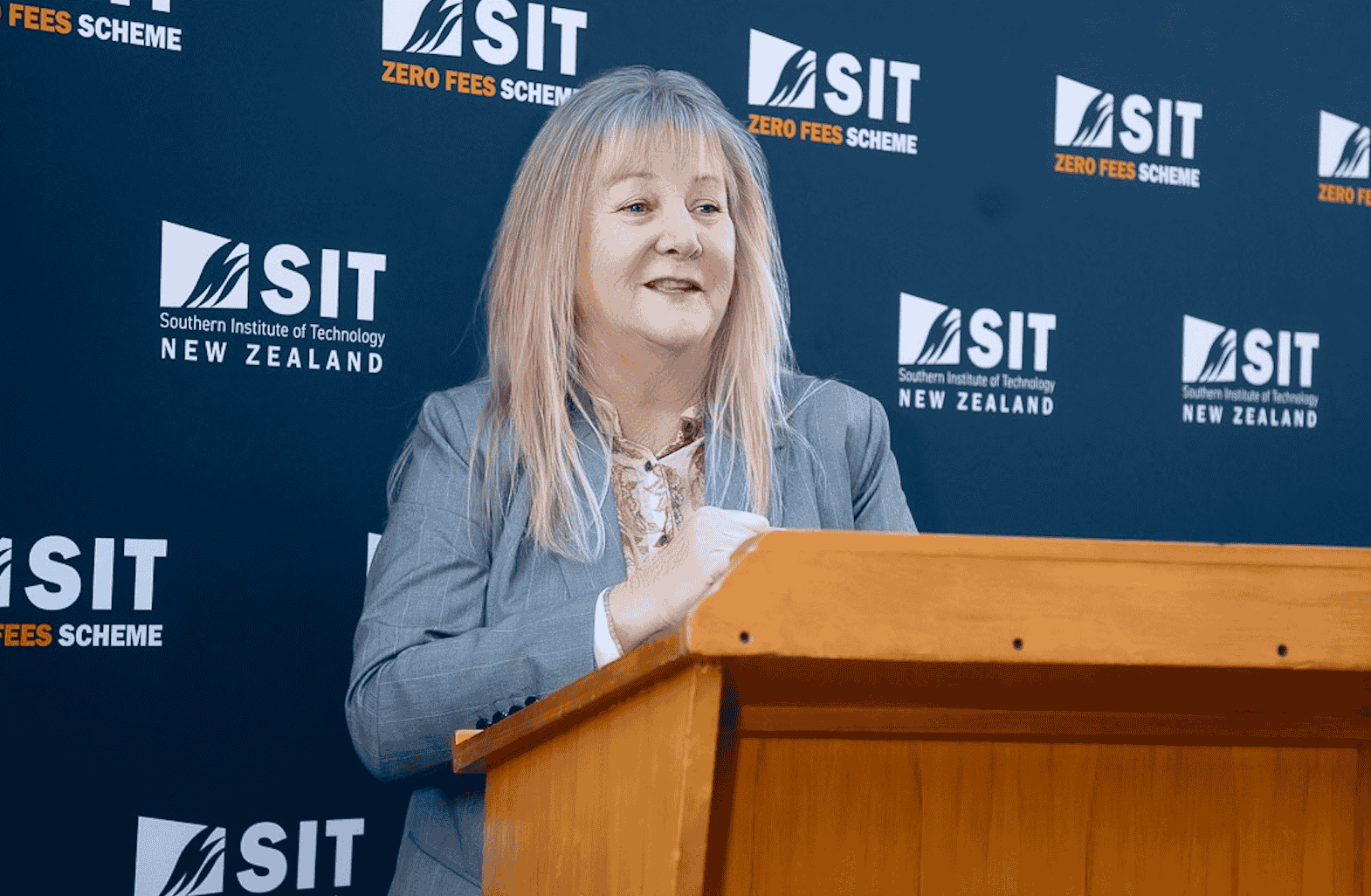By Hon Penny Simmonds, Minister for Vocational Education
Vocational education is one of the most important tools we have to grow our economy, support local jobs, and give New Zealanders practical pathways into meaningful work. That’s why this Government is making big, necessary changes to rebuild a system that works — for learners, for employers, and for the future of New Zealand.
From 1 January 2026, regionally governed polytechnics will be re-established, subject to legislation currently before Parliament. This is a major step forward in restoring local decision-making and ensuring our vocational training system is responsive, flexible, and financially sustainable.
Under the overly centralised model of Te Pūkenga, it has been difficult for polytechnics to meet the real needs of their communities. Local employers, industries, and learners have told us clearly: one-size-fits-all doesn’t work. It’s time for change.
Returning decision-making to the regions is where those closest to local labour markets understand what skills are needed and how best to deliver them. Regional polytechnics will once again be able to tailor training to the priorities of their communities — and they’ll do so in partnership with employers and industry leaders.
That’s great news for Southland, where the Southern Institute of Technology (SIT), including Telford, helps power the regional economy by equipping people with the skills employers need. Restoring local governance means that SIT can now respond more directly to economic demand and growth opportunities.
The Government is phasing in these changes carefully to ensure stability and success. While some polytechnics will be ready to transition to regional governance from 1 January 2026, others will stay within Te Pūkenga for now as they work toward financial and operational viability. Decisions on their future will be made in the first half of next year.
These reforms are part of the Education and Training (Vocational Education and Training System) Amendment Bill, which is currently before the Education and Workforce Select Committee. We expect the Bill to pass in October, following a thorough public consultation process.
I want to thank all those who took the time to make submissions. Your feedback has shaped a better, stronger model that reflects the needs and ambitions of local communities.
Te Pūkenga will continue to operate as a transitional entity for up to a year, to manage unallocated programmes and support a smooth handover. The legislation also provides tools for responsible management, including provisions for mergers or closures where a polytechnic cannot return to financial viability.
Vocational education serves over 250,000 learners every year. That’s a quarter of a million people building their futures, their industries, and their communities. Our job is to make sure they are getting the right skills, in the right place, at the right time.
This is about more than education. It’s about regional jobs, stronger local economies, and ensuring industries have access to the skilled workforce they need to grow. Regional polytechnics don’t just train people — they employ thousands across the country, and they help regions thrive.
We are rebuilding a vocational education system that delivers on its promise — equipping people with the skills they need, supporting local businesses, and backing regional success.
That’s the kind of system New Zealand deserves. And that’s exactly what we’re building.
Related:
 What's On Invers whatsoninvers.nzMike Sanford
What's On Invers whatsoninvers.nzMike Sanford


